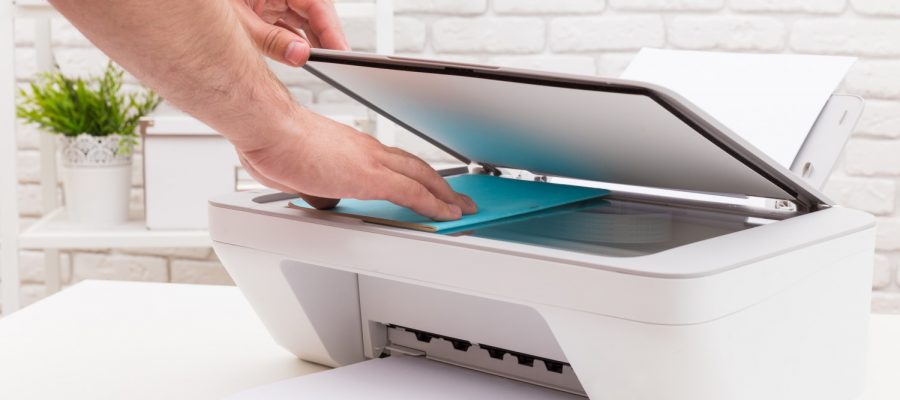

- #Mac compatible photo scanner reviews how to
- #Mac compatible photo scanner reviews driver
- #Mac compatible photo scanner reviews full
- #Mac compatible photo scanner reviews portable
- #Mac compatible photo scanner reviews software
#Mac compatible photo scanner reviews driver
Most scanners offer basic and advanced modes, accessible through their driver or scanning software. This helps with alignment and spacing during the scan and reduces the need to handle the transparencies directly off the platen. Such models come with plastic frames or holders that fit multiple slides or negatives and secure them in place during scanning. Starting in the $200 range are scanners that can handle slides and/or film negatives. Many do a very good job of this, generally for less than $100. As a rule, low-cost photo models are limited to scanning photo prints.

Photo scanners are available in a wide range of prices and capabilities.
#Mac compatible photo scanner reviews full
A notable exception is the Epson FastFoto line of sheet-fed photo printers, the latest of which is the FastFoto FF-680W. The FastFoto models are built specifically for scanning shoeboxes full of photo prints and are engineered to treat the prints gently. This works in a pinch, but risks damaging your originals, even if they're enclosed in a protective sleeve. We strongly urge you to avoid making a habit of scanning photos (or any delicate originals, for that matter) through a sheet-fed document scanner, whether it's a standalone model or one built into a multifunction or all-in-one printer (more on that in a moment). You'll want to be cognizant of that spec depending on what you will tend to scan. A key differentiator between models is the platen size most are letter-size (8.5 by 11 inches) or legal-size (8.5 by 14 inches). In these scanner designs, you lift a lid to expose a glass platen, onto which you place the image to be scanned. One feature shared by nearly all true photo scanners is a flatbed design.
#Mac compatible photo scanner reviews software
Best Malware Removal and Protection Software.

Is a photo scanner a worthwhile investment, or should you use a home printer, flatbed scanner, or scanning service instead? We found that the speed and portability of photo scanners are offset by frequently iffy results. The Epson flatbed scanner we used for comparison can scan at up to 4,800 dpi, which is useful when you're cropping images or printing large images from smaller pictures. The Kodak P460 and the PanDigital can also scan strips of negatives and color slides that are removed from their holders, at 1,200 dpi. The Kodak P460 and Pandigital scanner can each scan photos up to 4圆, and the Kodak P570 can handle sizes up to 5x7.Īll the tested models scan photos at a resolution of 300 dpi (dots per inch, a measure of resolution), but both Kodak models can scan at 600 dpi as well the higher resolution is most noticeable when you're printing enlargements from digital files. The GiiNii came with a sheath for picture 4圆 inches or smaller, but it can handle pictures up to 8.5x11 inches and also features a 2.4-inch LCD screen. We also compared their use and results to that of a conventional flatbed scanner, the Epson Perfection V300 Photo Color Scanner ($79).Įach of the photo scanners came with a plastic sheath to protect pictures as they are fed through, though each scanner also worked without its sheath. The tested models are the GiiNii NuLife GN-5LS ($95), Kodak P460 ($100), Kodak P570 ($97), and Pandigital PANSCN05 ($79). They can all store the files directly onto memory cards, which you can then use in devices such as computers and electronic picture frames.
#Mac compatible photo scanner reviews portable
A personal photo scanner offers the advantages of speed and portable convenience.įor this story, we tested four pass-through photo scanners designed to convert photos into JPEG-format files. (See our buying guide to and reviews of printers.) Some people even try to take digital photos of their paper photos-but that requires a good deal of setup and skill, or the results can be pretty unsatisfactory. All-in-one home printers can scan photos, too. There are other methods to digitize your photos: You can send them out to services that scan them for you and return them, though that method may make you nervous if you're letting go of the only existing copy of a precious shot.

And once your photos are digital, you can share them via e-mail, post them on Facebook, and back them up online for good measure. Photo scanners can be faster than other options, such as flatbed scanners, and you don't need to use a computer to scan-while you're sitting in the living room watching a movie, you can convert your photos into JPEG files.
#Mac compatible photo scanner reviews how to
If you're wondering how to digitize those shoeboxes full of photos sitting in your attic, a leading option is a personal photo scanner.


 0 kommentar(er)
0 kommentar(er)
